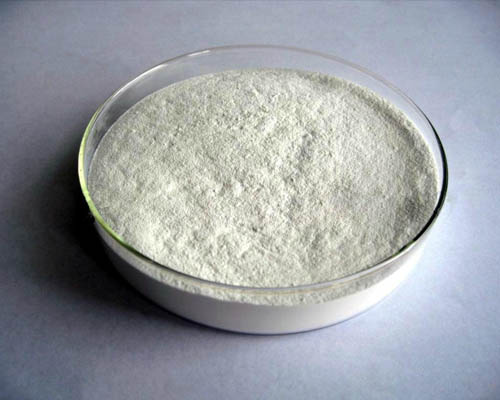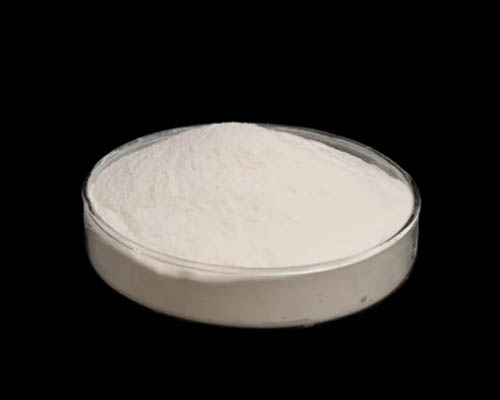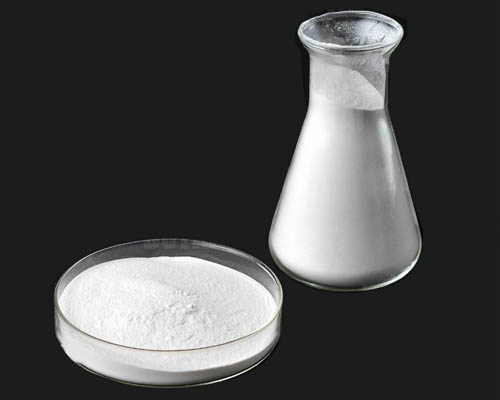HPMC can be divided into instant and hot soluble types [also known as insoluble types].
Instant products quickly disperse in cold water and disappear into the water. At this time, the liquid has no viscosity because HPMC is only dispersed in water and does not truly dissolve. About 2 minutes later, the viscosity of the liquid gradually increases, forming a transparent viscous colloid. A hot soluble product that can quickly disperse and disappear in hot water when encountering cold water. When the temperature drops to a certain temperature, the viscosity gradually appears until a transparent viscous colloid is formed.
Hot melt type, can clump in cold water, but can quickly disperse and disappear in hot water. When the temperature drops to a certain temperature, the viscosity gradually appears until a transparent viscous colloid is formed. The reason for encountering cold water clumping is that when the cellulose powder on the outside encounters cold water, it immediately becomes viscous and thickens into a transparent colloid. Before the cellulose inside comes into contact with water, it is surrounded by the colloid, still in powder form, but gradually melts away. Hot melt products do not need to use hot water in practical applications, as putty powder or mortar are solid powders. After dry mixing, cellulose is separated by other materials, and when it encounters water, it immediately becomes sticky and does not clump. Hot melt type can only be used in putty powder and mortar. In liquid adhesives and coatings, it may cause clumping and cannot be used. Instant type, with a wider range of applications, can be used in putty powder and mortar, as well as in liquid adhesives and coatings, without any taboos. However, the water retention and stability are not as good as hot melt products, so we recommend hot melt products in dry powders such as putty powder and mortar.


